Family Name
Jenni
Given Name
Peter
Family Name
Jenni
Given Name
Peter
Photo
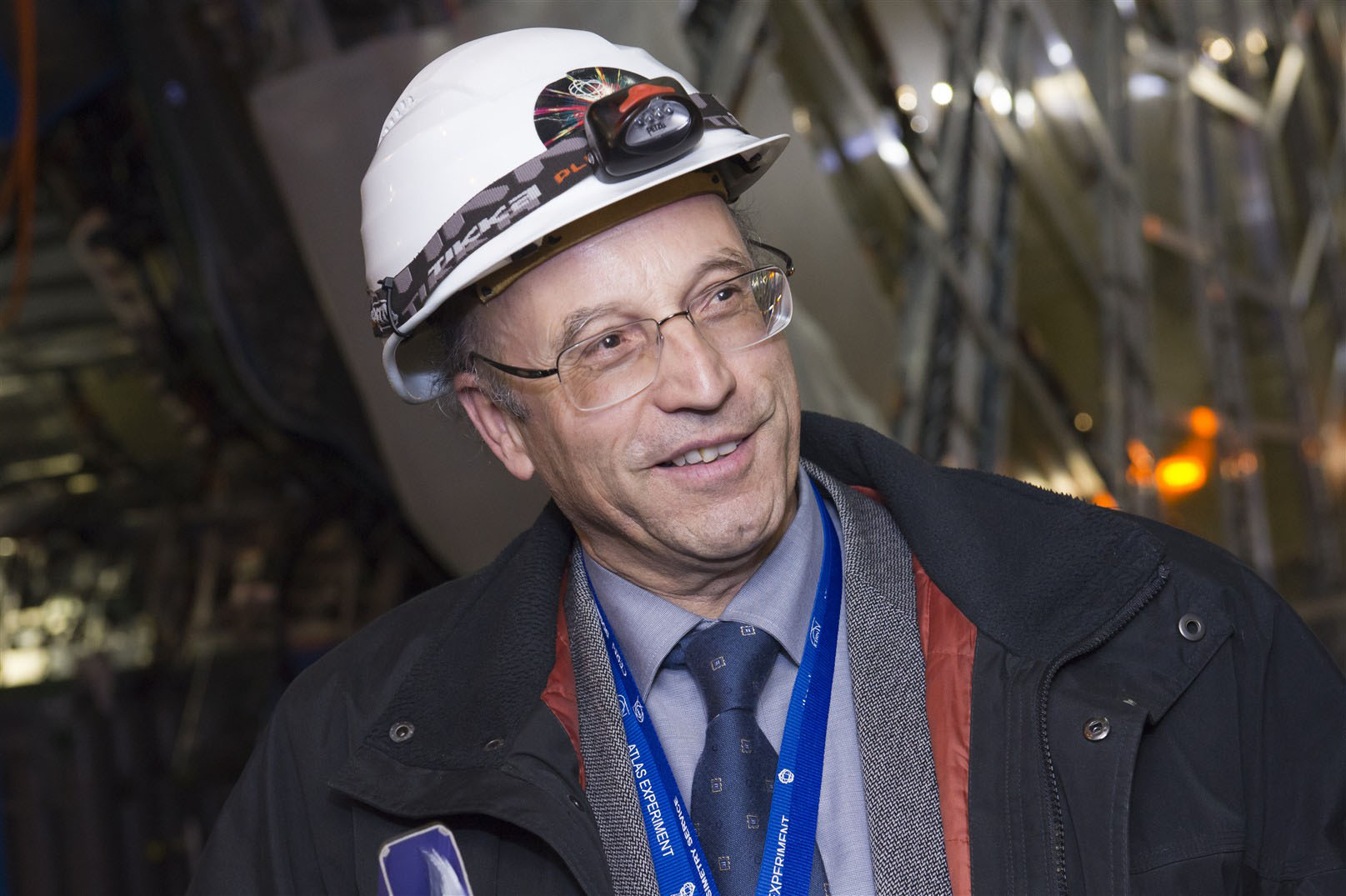
Family Name
Vincter
Given Name
Manuella
Family Name
Vincter
Given Name
Manuella
Photo

Family Name
Lanni
Given Name
Francesco
Family Name
Lanni
Given Name
Francesco
Photo
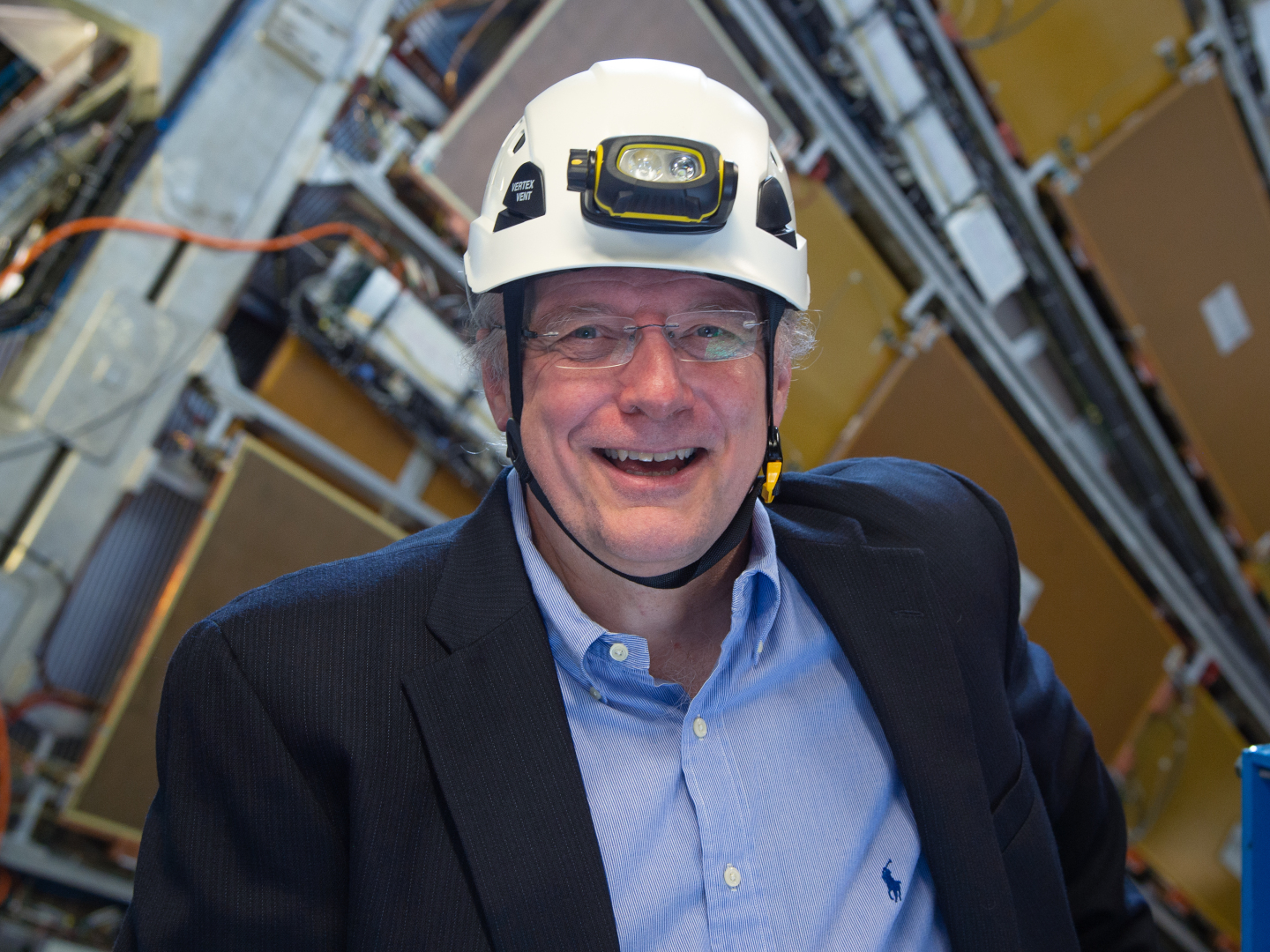
Family Name
Pontecorvo
Given Name
Ludovico
Family Name
Pontecorvo
Given Name
Ludovico
Photo

Family Name
Francis
Given Name
David
Family Name
Francis
Given Name
David
Photo
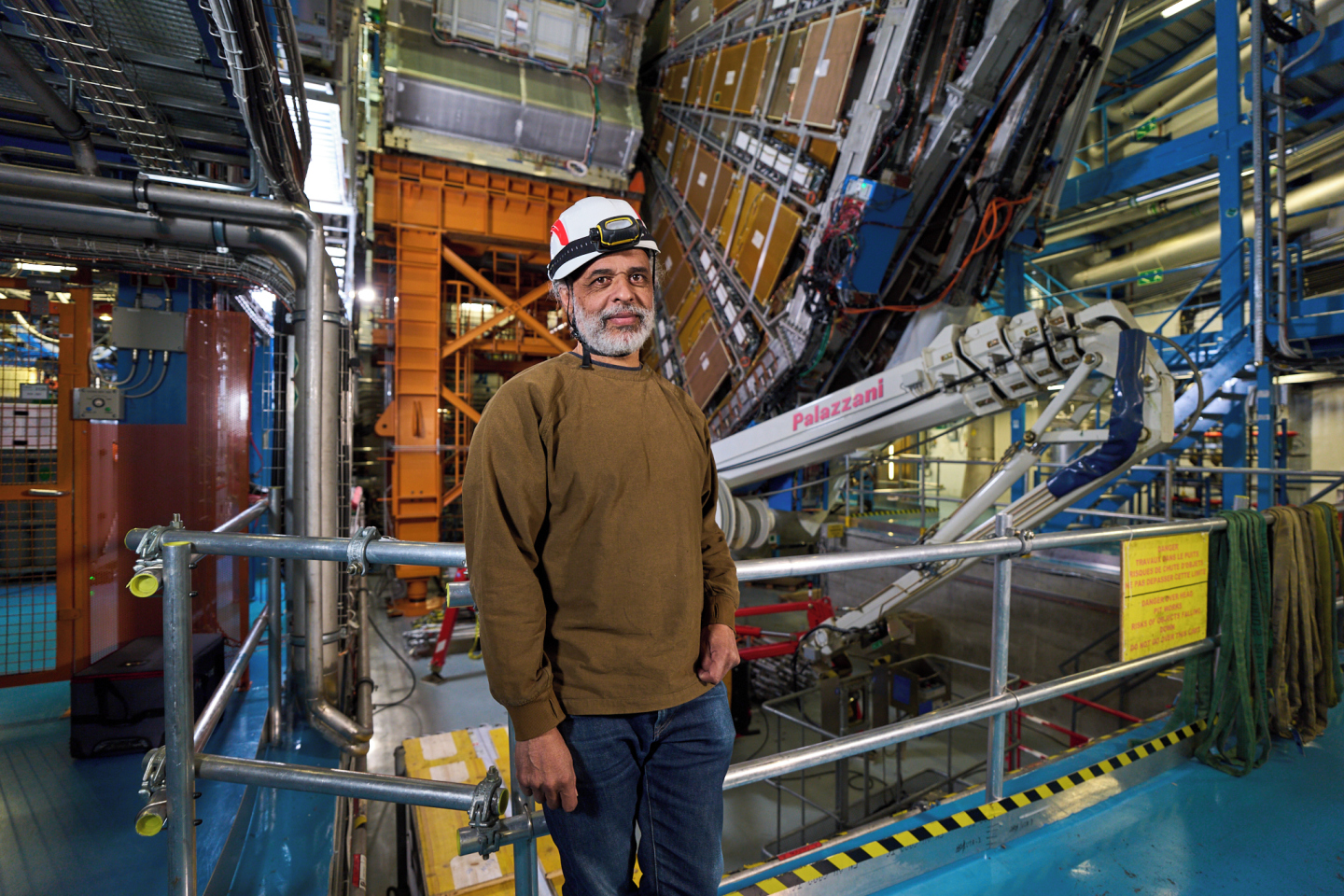
Family Name
Åkesson
Given Name
Torsten
Family Name
Åkesson
Given Name
Torsten
Photo

Family Name
Heinemann
Given Name
Beate
Family Name
Heinemann
Given Name
Beate
Photo
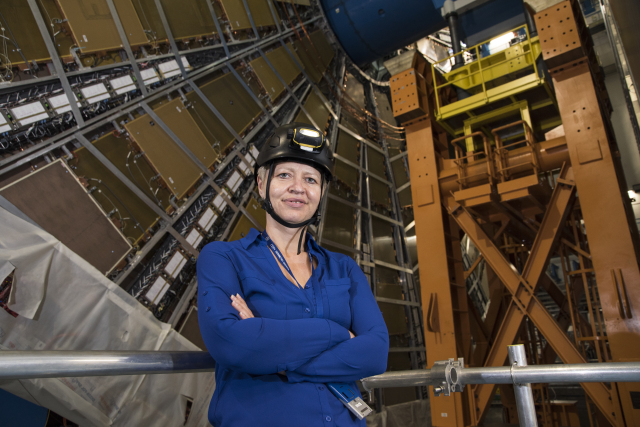
Family Name
Lankford
Given Name
Andy
Family Name
Lankford
Given Name
Andy
Photo
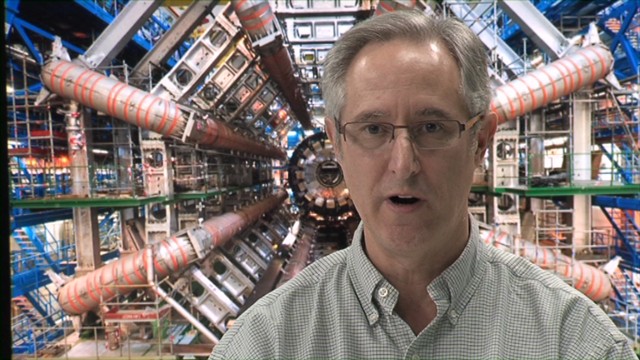
Family Name
McPherson
Given Name
Robert
Family Name
McPherson
Given Name
Robert
Photo
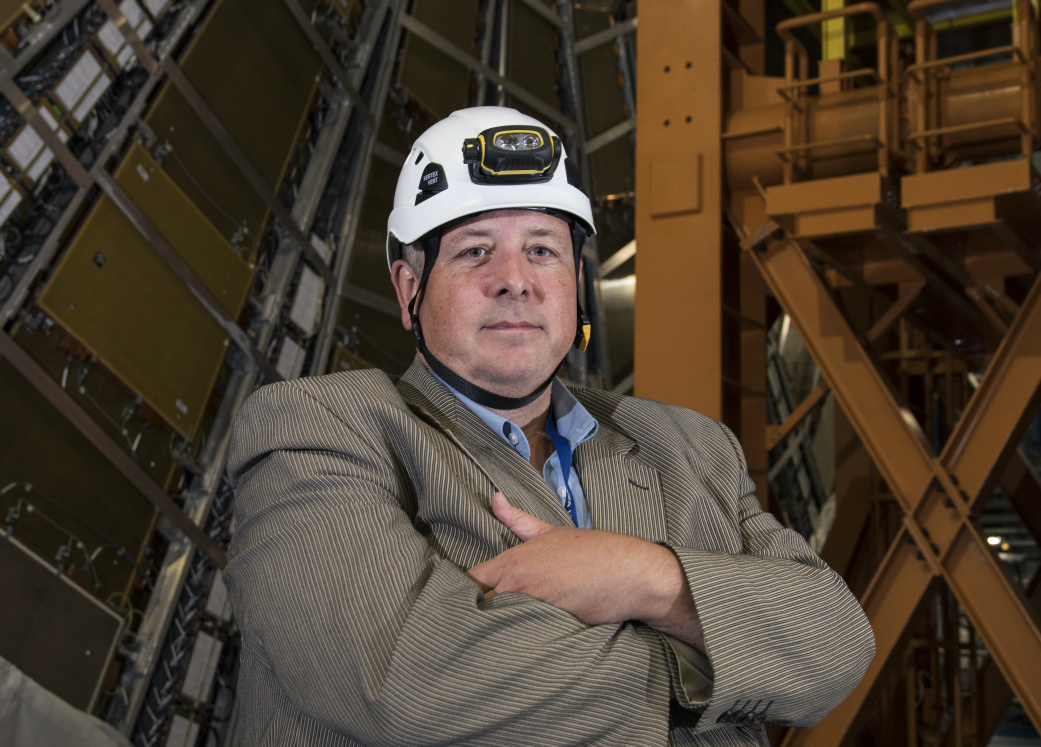
Family Name
Stapnes
Given Name
Steinar
Family Name
Stapnes
Given Name
Steinar
Photo

